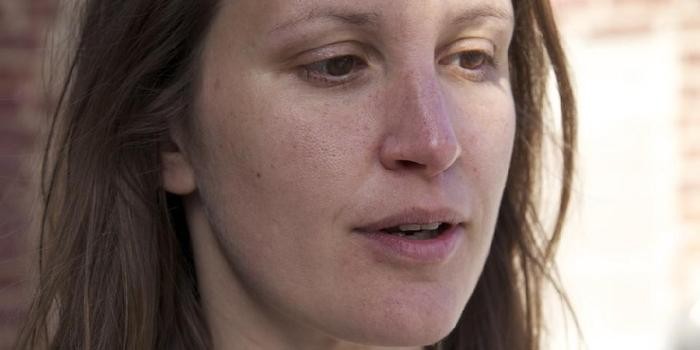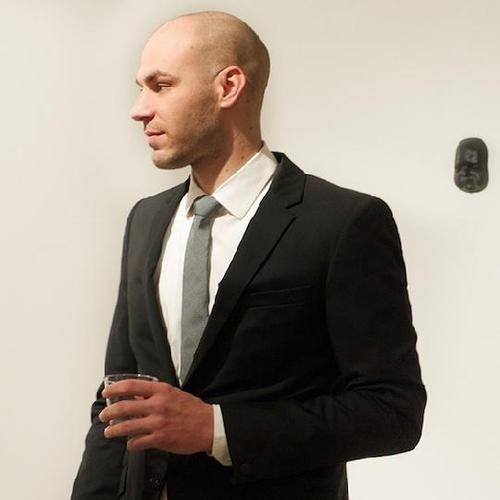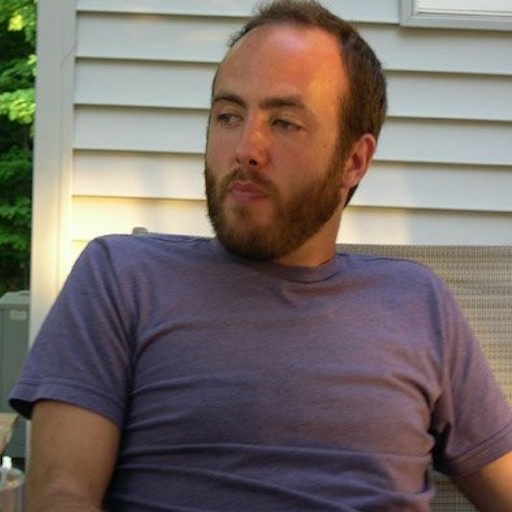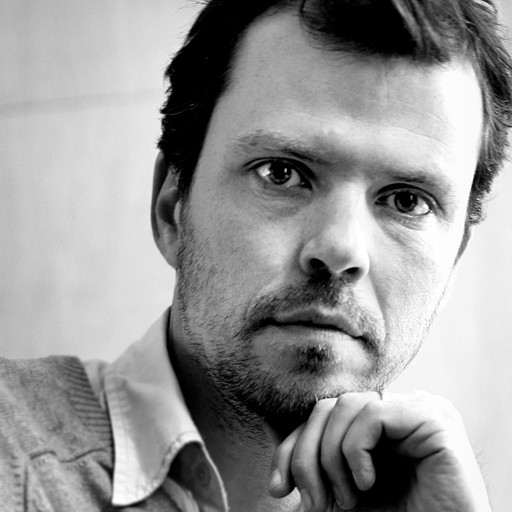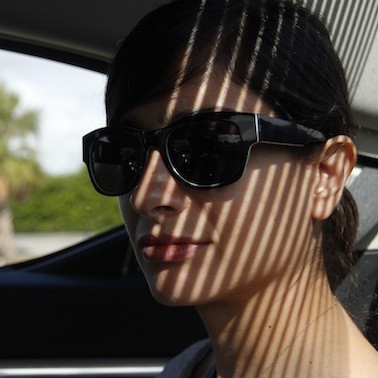If you head to the Frieze Art Fair this week and manage to miss Marianne Vitale's new sculpture, well, then your powers of observation couldn't hit a barn door. Literally. For her contribution to curator Cecilia Alemani's Frieze Projects section, the multitalented New York artist has transported an old tobacco barn from Elmira, New York, to Randall's Island and charred it, segmented it, painted it, and otherwise transformed it into something resembling an updated architectural version of American Gothic.
Vitale's interest in farmland and the frontier can also be seen in her new show at Zach Feuer Gallery, "Diamond Crossing," for which she has installed a giant intersection of steel railroad tracks that visitors have to walk around and step over—bringing a whiff of John Ford's America to Chelsea. But, as with much of the artist's work, there's a deeper conversation going on. After all, the X-shape dominating her show has a freighted—forgive the pun—history in contemporary art, evoking the work of Minimalist masters like Donald Judd and Frank Stella.
To find out more about Vitale's new projects, and get a sneak preview of her upcoming Performa commission, Artspace's editor-in-chief spoke to the artist about her work.
AT RIGHT FIND WORK FROM MARIANNE VITALE'S "MARKER" SERIES.
Your Frieze Projects piece is ambitious indeed, and wonderfully multilayered. From what I've read it pulls in references as diverse as Mark Twain and golden-age Hollywood kingpin Hal Roach. Could you talk a little about the piece? What is going on?
I wouldn't have guessed you are a subscriber to the Elmira Star Gazette. Maybe the material is haunted by Huckleberry Finn, Alfalfa, and Spanky, and now these spirits are mixing with those hovering above Randall's Island, once a burial ground for the poor, home to orphans and vagrants.
Your new show at Zach Feuer, meanwhile, adopts another potent symbol of the wild west: the railroad. What do you find inspiring about train tracks?
Aside from it being one of the greatest building achievements in history? It's about greed, determination, and innovation conquering untamed wilderness. Barons and robbers and bears, oh my! It's glorious. It has grandeur. It's redolent of expertise. It represents grit, communication, travel, gravity.
You've tackled this theme of the frontier before in sculptures you make out of reclaimed wood, sometime charred by flames, to create ersatz tombstones, bridges, and wild-west-style false fronts. What allure does the American frontier hold for you?
Re-inscribing and repositioning the iconography of colonizers and pioneers keeps me occupied (pun intended).
This fall you will also be participating in the Performa 13 biennial, following projects that you did in the 2007, 2009, and 2011 editions. Many people will be eager to see you back in a performance-art setting, particularly since your scorching Patron video left such an impression in the 2009 Whitney Biennial. What can we expect this fall at Performa?
Plans are for a demonstration in the Alexander Hamilton Custom House's rotunda, where I'll be controlling the flow of goods and animals, while monologuing about the weather.
Going back to your Frieze sculpture, it's interesting to note that another aspect of the Projects series is a recreation of Gordon Matta-Clark and Carol Gooden's legendary artist-run restaurant, FOOD. For a while you were involved in the Chop Shop pop-up restaurant with Agathe Snow and other artists, and you are much admired for the lavishly creative feasts you periodically throw. What do you make of the increasingly prominent intersection of art and food these days?
I recently received a gracious invitation to a pop-up art-and-food mixer held inside a defunct pneumatic subway tunnel. There was a high-end crowd dressed to the nines and a fully-seated, lavish dinner with live oboe players. It was a stunning setting in this historic, um… how to put it... tube, and all the while we, the guests, were plagued by the gnawing stench of thick, raw sewage. Perplexingly, few people seemed to mind. Some seemed to invite it in. Yet it was after being warned by a party monitor to abstain from speaking during the entertainment that the historian to my right and I truly panicked. In a fevered, careful whisper we hypothesized that the less we spoke the more we'd smell. So back to your question about the intersection of art and food, sometimes it can be a train wreck. In general, full sensory pleasure is important for me.
What made you want to become an artist?
During my childhood a fairly large replica of Guernica hung in my playroom.
What was your first significant art experience?
Probably when I discovered, many years later, what this painting depicted.
How has your work changed over the course of your career?
It gets heavier.
What would you be doing if you weren't an artist?
Nursing my broken heart, broken spirit, and broken bones—and that is speaking from experience during creationless stints.
What do you collect yourself?
I just began collecting books to research trench art, and maybe this will lead me to amass objects created from the waste of industrialized war. Talk about killing time. Shrapnel pens, brass shell casings twisted into ornate sculptures, engraved bullets, and lighters with lines like "Ask not what your head can do for you but what you can do for your head," or "When I die bury me face down so the whole world can kiss my ass."
Is there any other art-historical period that you wish you could have lived through?
Maybe the neanderthal cave-painting days. To discover why they painted animals and never themselves. To encounter the powerful religious taboo forbidding that. Some ethnographers believe all cave paintings were done by women. I'd host bison-painting soirées.
Do you think that it's okay to break the law for the sake of art?
What do you mean, like tagging a wall? Or holding up a hardware store at gunpoint for spray paint?
What's your favorite thing you've ever made?
This new Diamond Crossing sculpture has recharged my way of thinking not only about my own work but the way I perceive other art, specifically monumental sculptures created by my heroes. I've always detected their power, but now there is a new sudden impact. I guess it's a personal transformation that hopefully influences how I continue to experience and make art.
What artwork or art destination would you most like to see?
Whatever is left of Timbuktu.
What book has had the biggest impact on your work, or life?
The First Sex.
What is an artist's responsibility in society?
To connect the dots.
If you could get any artist to do your portrait, who would you choose?
Tony Vaccaro











